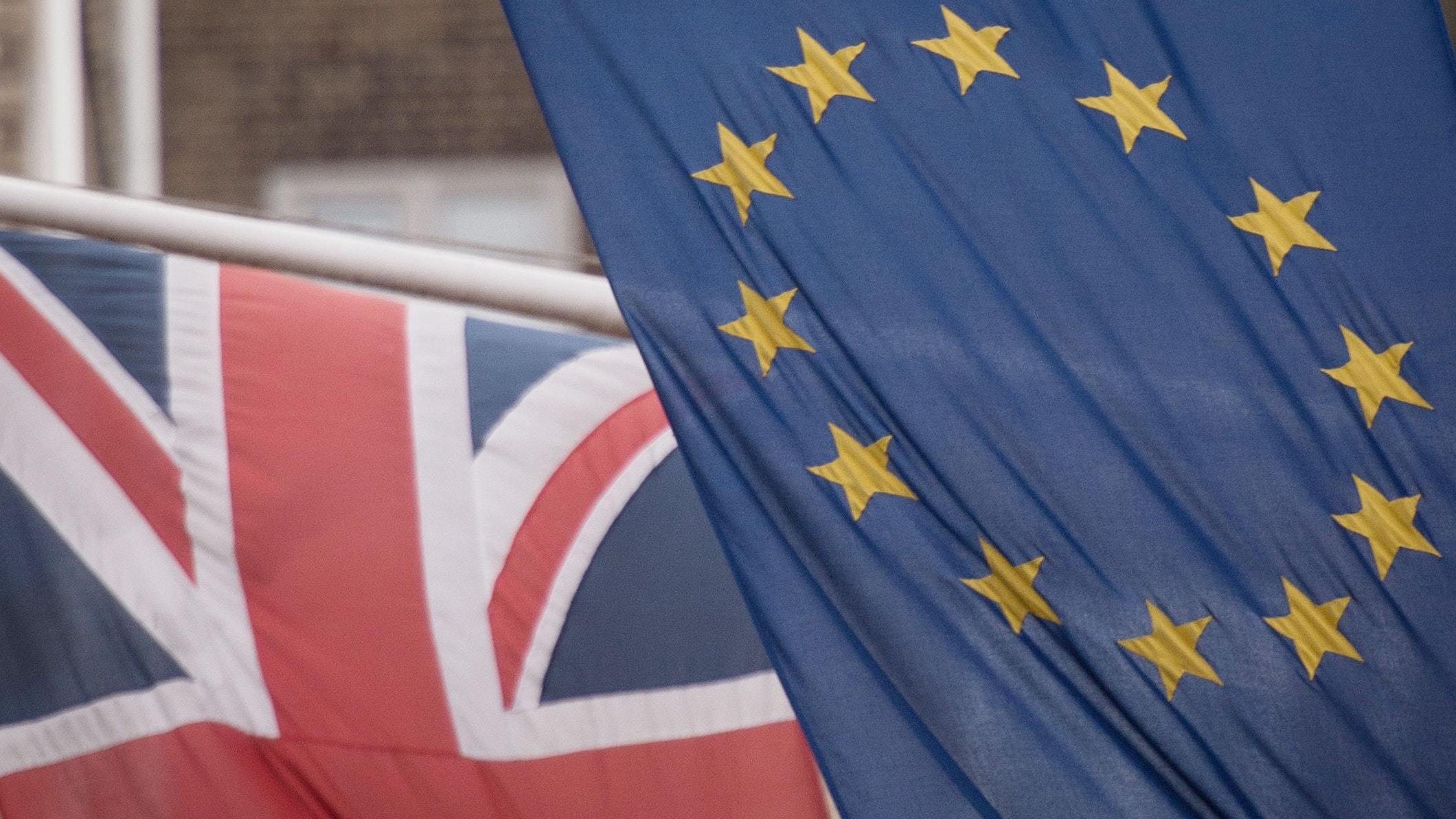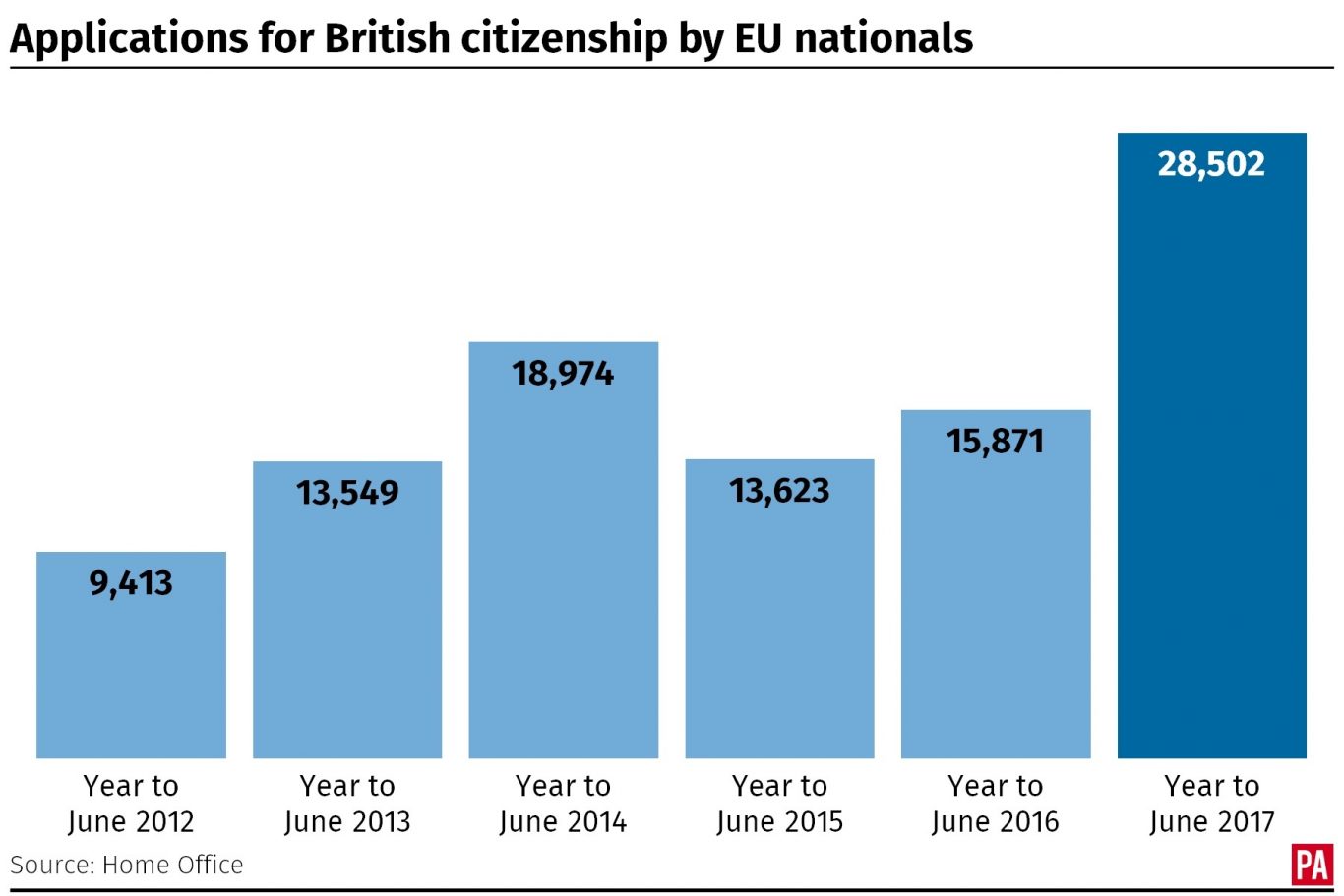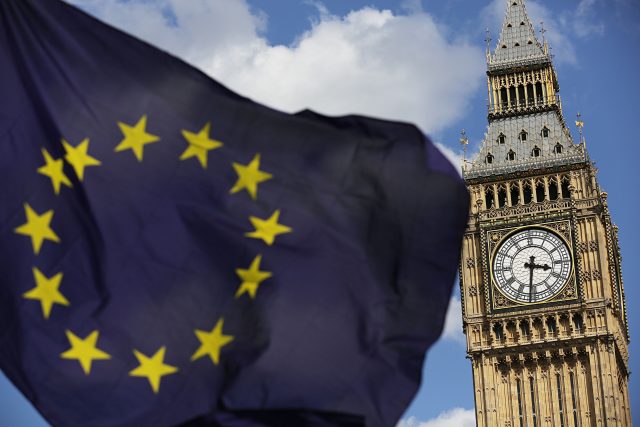
The number of EU nationals applying for British citizenship has nearly doubled in the wake of the Brexit vote, official statistics reveal.
They show the figure jumped by 80% as thousands originally from other countries in the bloc sought naturalisation.
There were 28,502 applications for citizenship from EU nationals in the year ending in June 2017 – up from 15,871 in the previous 12 months.

The rise is in contrast to a general downward trend in the overall numbers seeking citizenship, with total applications falling by 8% to 135,912.
Jonathan Portes, professor of economics and public policy at King’s College London, said: “Historically immigrants from outside the EU have been much more likely than EU migrants to apply for UK citizenship – for example the vast majority of long term migrants from India or Pakistan are now British.
“This reflects the fact that EU membership means long term residents from elsewhere in the EU have almost the same rights as Britons.
“But that will change after Brexit – so it’s not surprising many EU citizens living here are seeking UK citizenship, at least as an insurance policy.”

A fifth (21%) of citizenship applications now come from EU nationals, compared with one in ten (11%) in the previous year and one in 20 in 2011/12.
Applications from nationals of eight eastern European countries that joined the union in 2004 rose by more than two fifths (45%) to 9,841 in the year to June, including 6,179 from Poles.
There was an even sharper jump in applications from nationals of 14 longer-term member states. These more than doubled year-on-year to 13,921, including 2,950, 2,508 and 2,338 from Italian, French and German nationals respectively.

The rise in citizenship bids from EU nationals contrasts with the number lodged by those from the rest of the world, which fell by 18% to 107,410 in the year to June.
The Home Office report said increases in applications from EU nationals in recent years are “likely to reflect immigration in earlier years while the most recent rise may be partly due to the impact of rule changes and recent events”.
Those seeking British citizenship by naturalisation are generally required to have lived in the UK for at least five years. An application costs £1,282 and successful applicants are invited to a citizenship ceremony.
Other data shows a sharp post-referendum rise in the number of documents issued to EU nationals certifying their right to live in the UK permanently, with more than 130,000 handed out in the year to the end of June.

Enjoy the convenience of having The Sunday Post delivered as a digital ePaper straight to your smartphone, tablet or computer.
Subscribe for only £5.49 a month and enjoy all the benefits of the printed paper as a digital replica.
Subscribe